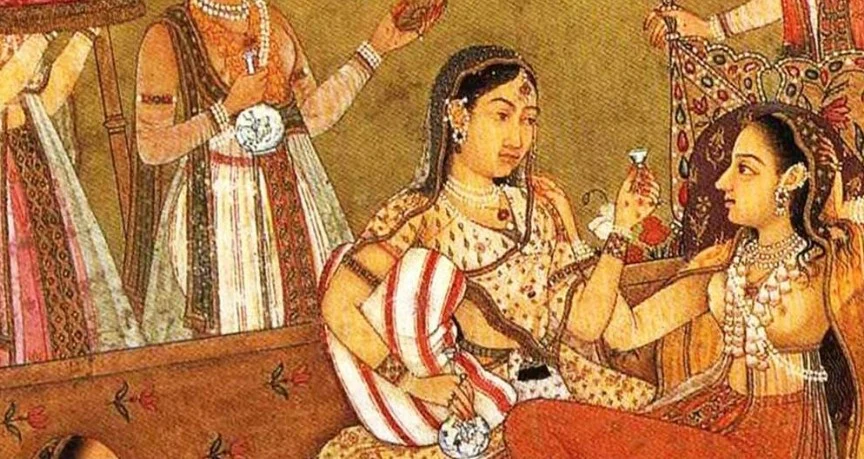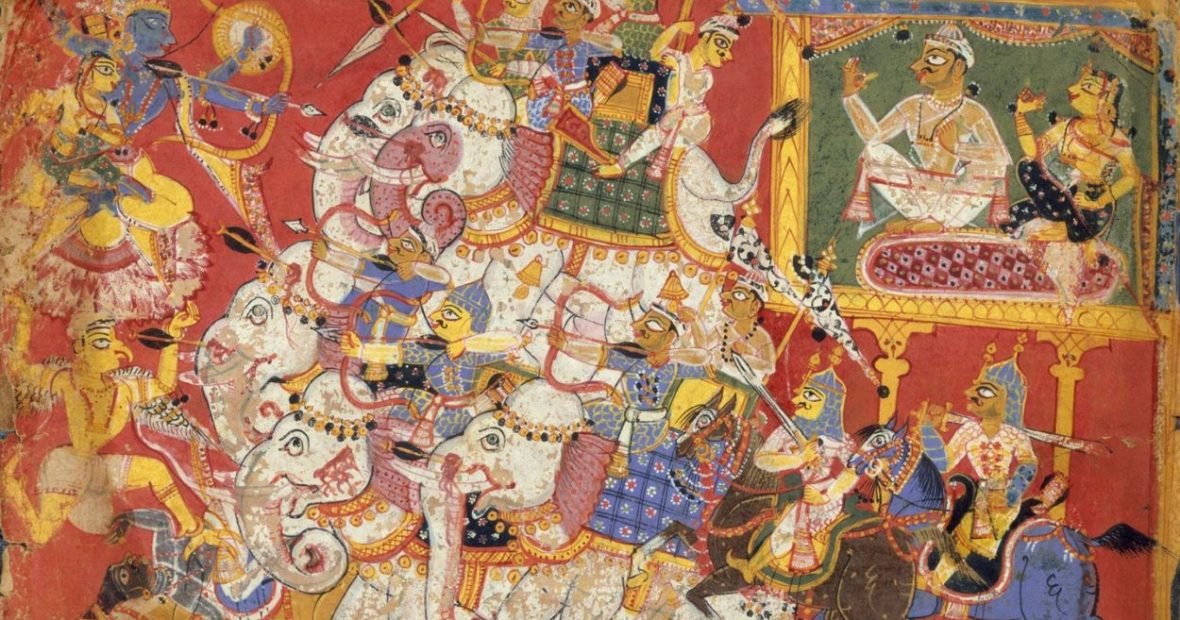The Evolution of Indian Literature Across Languages
Indian literature is a vibrant and diverse tapestry, reflecting the country’s rich cultural heritage and linguistic diversity. Spanning thousands of years, the evolution of Indian literature across various languages has shaped and been shaped by the socio-political, religious, and cultural contexts of different periods. This article delves into the historical journey of Indian literature, highlighting its milestones, key figures, and cultural significance.
1. Ancient and Classical Periods
1.1. Vedic and Sanskrit Literature
Overview: The earliest form of Indian literature is found in the Vedas, composed in Sanskrit around 1500-500 BCE. These sacred texts laid the foundation for subsequent literary developments in Sanskrit.
Key Points:
- Vedas: Rigveda, Samaveda, Yajurveda, and Atharvaveda, comprising hymns, rituals, and philosophical discourses.
- Epics: Mahabharata and Ramayana, two monumental epics that have profoundly influenced Indian culture and literature.
- Classical Poetry and Drama: Works by poets like Kalidasa, Bharavi, and dramatists like Bhasa and Shudraka.
Examples:
- Mahabharata: Attributed to Vyasa, it is one of the longest epic poems in the world.
- Kalidasa: Renowned for his classical Sanskrit plays and poems, such as “Shakuntala” and “Meghaduta.”
1.2. Prakrit and Pali Literature
Overview: Alongside Sanskrit, Prakrit and Pali languages developed their literary traditions, particularly associated with Jainism and Buddhism.
Key Points:
- Jain Literature: Extensive texts like “Acharanga Sutra” and “Kalpa Sutra” written in Prakrit.
- Buddhist Canon: The Tripitaka, or Pali Canon, containing the teachings of Buddha.
Examples:
- Ashvaghosha: An early Buddhist poet known for works like “Buddhacharita.”
- Sattasai: A collection of Prakrit love poems attributed to Hala.
2. Medieval Period

2.1. Bhakti and Sufi Movements
Overview: The medieval period saw the rise of the Bhakti and Sufi movements, which emphasized devotional literature in regional languages, making literature accessible to the masses.
Key Points:
- Bhakti Poetry: Flourished in Tamil, Kannada, Marathi, Hindi, and other languages, with poets like Kabir, Mirabai, and Tulsidas.
- Sufi Literature: Prominent in Persian and regional languages, with poets like Rumi and Amir Khusro.
Examples:
- Kabir: A mystic poet-saint whose dohas (couplets) are widely revered.
- Mirabai: Known for her devotional songs dedicated to Lord Krishna.
2.2. Persian Influence
Overview: The advent of Islamic rule brought Persian as a prominent literary language, influencing the development of Urdu and other regional literatures.
Key Points:
- Mughal Patronage: Encouraged the growth of Persian literature, including poetry, historical works, and translations.
- Urdu Literature: Emerged from the interaction between Persian and local languages, with poets like Mirza Ghalib and Sauda.
Examples:
- Firdawsi: Known for the Persian epic “Shahnameh.”
- Mirza Ghalib: Celebrated for his ghazals and letters.
3. Colonial and Modern Periods
3.1. Impact of Colonialism
Overview: The British colonial period introduced English as a literary language, leading to the growth of Indo-Anglian literature alongside regional literatures.
Key Points:
- Bengali Renaissance: A cultural and intellectual awakening in Bengal, with figures like Rabindranath Tagore and Bankim Chandra Chattopadhyay.
- Indo-Anglian Literature: Emergence of Indian writers in English, like R.K. Narayan and Mulk Raj Anand.
Examples:
- Rabindranath Tagore: Nobel Laureate known for “Gitanjali” and his extensive body of work in Bengali.
- R.K. Narayan: Known for his Malgudi series and contributions to Indian English literature.
3.2. Post-Independence Literature
Overview: Post-independence, Indian literature saw a surge in regional language writing, exploring themes of identity, social justice, and modernity.
Key Points:
- Dalit Literature: Emerged as a powerful voice against caste oppression, with writers like B.R. Ambedkar and Omprakash Valmiki.
- Women Writers: Significant contributions from female writers addressing gender issues, like Mahasweta Devi and Ismat Chughtai.
Examples:
- B.R. Ambedkar: Writings on social justice and Dalit rights.
- Mahasweta Devi: Known for her works highlighting the struggles of tribal communities.
4. Contemporary Indian Literature
4.1. Regional Language Literature
Overview: Contemporary Indian literature continues to thrive in regional languages, with diverse themes and innovative narrative techniques.
Key Points:
- Literary Festivals: Platforms like Jaipur Literature Festival promoting regional and national literary voices.
- Translation Movement: Efforts to translate regional works into other Indian languages and English.
Examples:
- Perumal Murugan: Known for his Tamil novels like “One Part Woman.”
- Arundhati Roy: Celebrated for her novel “The God of Small Things” and activism.
4.2. Digital and New Media
Overview: The advent of digital media has revolutionized the literary landscape, making literature more accessible and interactive.
Key Points:
- Online Platforms: Blogs, e-books, and literary websites providing new avenues for writers and readers.
- Self-Publishing: Growing trend allowing writers to publish without traditional gatekeepers.
Examples:
- Wattpad: Platform for aspiring writers to share their stories.
- Juggernaut Books: Indian publishing house leveraging digital technology for publishing.
Conclusion
The evolution of Indian literature across languages is a testament to the country’s dynamic cultural and linguistic heritage. From ancient Vedic hymns to contemporary digital narratives, Indian literature has continuously evolved, reflecting the diverse voices and experiences of its people. The journey of Indian literature is not just a historical account but a living tradition that continues to shape and be shaped by the changing times.



